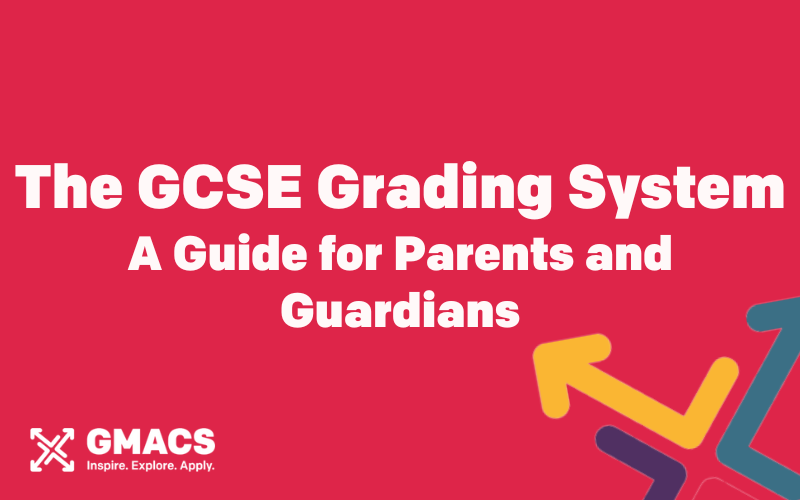The GCSE Grading System: A Guide for Parents and Guardians
In recent years, the GCSE grading system in England has changed. This means the A*s and Bs that we might be used to are no longer. The new system is number based and goes from 1-9, with a U still considered ungradable and below a 1.
You may be used to hearing young people talk about the new grading system or this might be the first time you’ve heard of it. The changes have been in place for a few years, but if this if the first time a young person you care for is starting their GCSEs or getting their results, you might not be familiar with it.
Since 2020, all schools in England have been using the number-based grading system. This replaced the old ABCs we were used to.
Now this may leave you scratching your head and exclaiming “Why have they gone and changed it, it was working so well?!”
Why this change has been made
Ofqual, the office that regulates qualifications and examinations, states that there two reasons why the changes were made.
The first reason is that the actual GCSEs changed at the same time as the change to the grading system – the government asked Ofqual to make the courses more difficult. They then changed the grading system to make it clear which young people had done these new courses. In short, it’s a way of making sure there’s a way to identify between students who have taken the new and old-style GCSEs.
The other reason was to both add more grades in and adjust the weighting of them. The new system has 10 possible grades, with the old system only having 9. And, under the new system 6 of those 10 grades are passing (those above 4), whereas the old system only had 4 passing grades (C, B, A, A*).
The table below shows all the grades as well as roughly how they line up against the old system.

| New style numerical grading | Old style alphabetical grading |
| 9 8 7 |
A* A |
| 6 5 4 |
B C |
| 3 2 1 |
D E F G |
| U | U |
How it works
The table can’t provide us with a direct conversion of a grade, only an approximate idea of what it would have been in the old system.
It would be natural to think that 1 equals an A, but it’s the lowest grade you can receive at GCSE. The highest grade you can achieve is 9. ‘U’ is the only alphabetical grading that stayed, with ‘U’ meaning ungradable.
A 4 is generally considered a “standard pass”, with a 5 being a “strong pass”. Where under the old system courses would ask for a C as a minimum grade, they are usually now asking for a 4 or sometimes a 5.
With combined science, the award will be worth 2 GCSEs. The final grade will be two grades – these could be equal or adjacent numbers. The best grade would be a 9-9, then a 9-8, then 8-8, and so on. The results are calculated as an average from the combined results from each science.

What about other programs?
Grading systems in other educational programs like T Levels, BTECs and A levels are still the same and there are no reports of any changes being made. So, you can breathe a sigh of relief as you don’t have to worry about learning a new system.
Exams and assessments are graded in the alphabetical system we are familiar with, and the final grade received at A level with be an average of the results combined.
But with BTECs and T Levels, these can be interchangeable with the level system of marking. This includes the Pass, Merit and Distinction. For example, a young person may get As in all their projects but the overall end grade would be a distinction.


